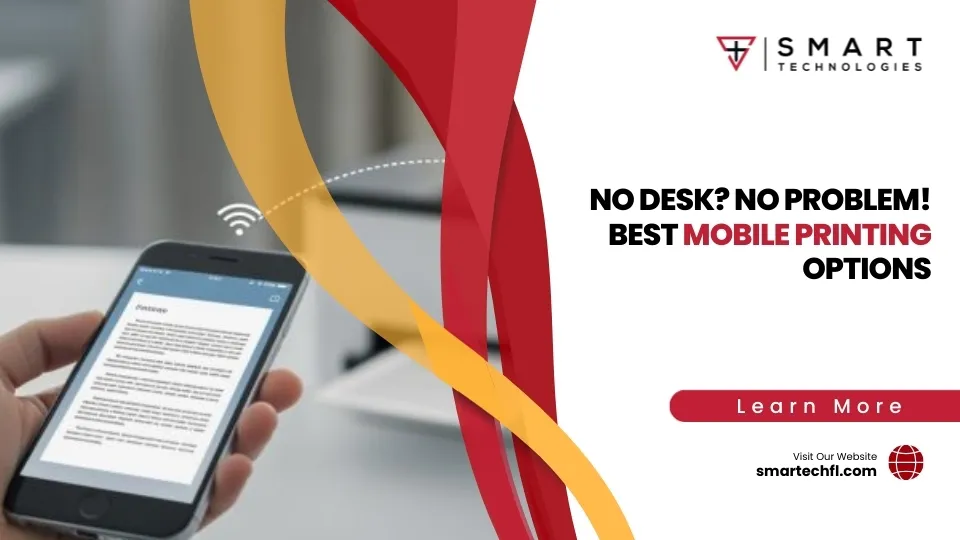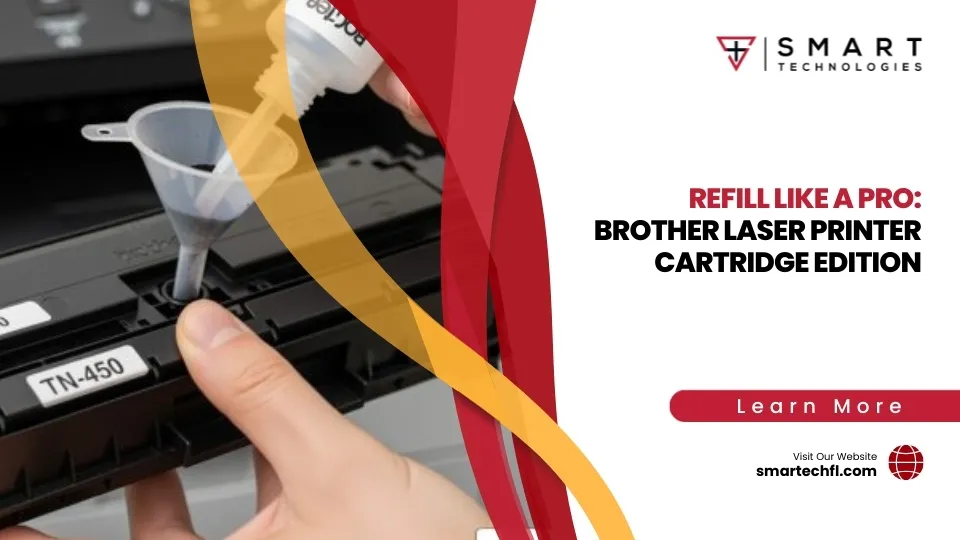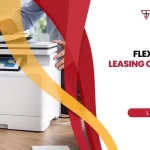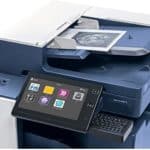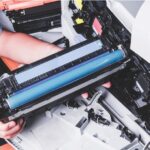Counting Pennies and Ink Drops: Printer Cartridge Refill Cost Explained
Printer cartridge refill cost is typically 50-75% less than buying new cartridges, with DIY refill kits starting at $10-15 and professional refill services ranging from $8-25 per cartridge depending on your printer brand and ink type.
Quick Cost Breakdown:
- DIY Refill Kits: $10-15 for multiple refills (as low as $2.50 per refill)
- In-Store Refill Services: $8-25 per cartridge
- New OEM Cartridges: $30-80+ per cartridge
- Potential Savings: Up to 75% compared to OEM prices
I recently needed to replace ink on my printer and faced the same sticker shock that hits millions of business owners every month. Four little HP cartridges cost $123 – more per ounce than Dom Pérignon champagne. Yet the actual ink inside costs about $2 to manufacture.
This isn’t just about saving a few dollars. For retail businesses printing invoices, receipts, marketing materials, and daily operations documents, ink costs can quietly drain thousands from your budget each year. Americans waste $10 billion annually on overpriced name-brand ink, according to recent consumer research.
The math is simple but the options are confusing. Should you buy those $10 refill kits online? Trust the local refill shop? Stick with expensive OEM cartridges to avoid warranty issues? Each choice has real cost implications for your business’s bottom line.
This isn’t just about counting pennies – it’s about making smart technology decisions that free up capital for growth instead of feeding the printer ink profit machine.
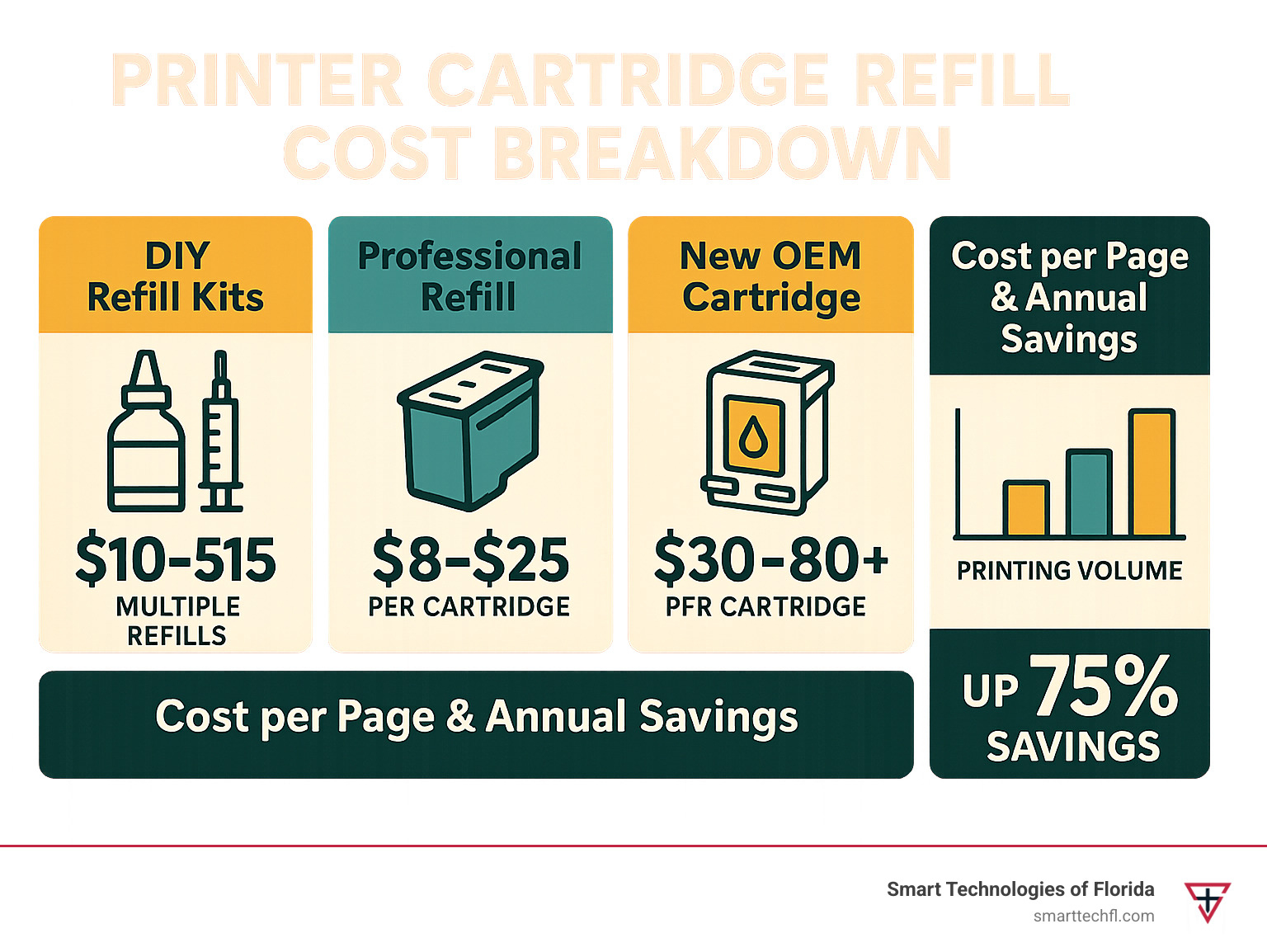
Why This Op-Ed Matters
We’ve watched countless businesses in Daytona Beach struggle with the hidden costs of printing. The pain is real – small retailers spending $2,000 annually on ink, restaurants burning through receipt printer supplies, and offices where cartridge costs exceed their monthly coffee budget.
The OEM markup is astronomical. When an HP 64XL Tri-color cartridge costs $57.89 but a universal refill kit for the same volume runs just $13.49, we’re looking at over 400% markup. This isn’t just pricing – it’s systematic profit extraction from businesses that need to print to operate.
From a sustainability perspective, over a billion inkjet cartridges end up in landfills each year, taking 450 to 1,000 years to decompose. Every refill keeps plastic out of the waste stream while cutting your operational costs.
What Determines Printer Cartridge Refill Cost?
When you’re staring at a printer cartridge refill cost estimate, you might wonder why prices vary so wildly. After helping businesses steer printing costs for over two decades, I’ve learned that several key factors determine whether you’ll pay $3 or $30 for the same refill job.
More info about Ink and Toner Refill Guide
Think of it like getting your car serviced – the basic oil change might be standard, but your final bill depends on your vehicle type, oil grade, labor rates, and any special tools needed. Cartridge refilling works similarly, with ink chemistry, cartridge architecture, refill method, and regional pricing all playing major roles.
Ink Chemistry & Color Premiums
Dye-based inks are the budget-friendly option, typically running about $13.49 for six 100ml bottles in a universal refill kit. That breaks down to roughly $2.25 per color – pretty reasonable for most business printing needs.
Pigment-based inks cost 2-3 times more because they’re engineered for fade resistance and photo-quality output. If you’re printing marketing materials or documents that need to last, you’ll pay extra for this chemistry upgrade.
Color always costs more than black – it’s just math. While a universal black ink refill might cost $10.09 for 250ml, tri-color refills require separate cyan, magenta, and yellow inks. A typical Canon refill kit runs $12.49 for five colors, making each color about $2.50 per bottle.
XL cartridges offer the best refill value. An Epson EcoTank 542 XL yields up to 6,000 pages and costs $19.99 to refill, creating a cost per page as low as $0.003. Compare that to standard cartridges yielding 200-300 pages at similar refill costs, and the math becomes obvious.
Cartridge Architecture & Chips
Modern cartridges aren’t just plastic containers – they’re sophisticated devices that significantly impact your refill experience and costs. Integrated printhead cartridges (common in HP and Canon models) contain delicate printing mechanisms that require careful handling during refills. This complexity typically adds $3-8 to professional refill services.
Sponge-based cartridges use internal foam to regulate ink flow, while tank-style cartridges rely on gravity and air pressure. Sponge cartridges often need specialized injection techniques, making them trickier for DIY attempts but manageable for experienced refill services.
The real cost wildcard? DRM chips. These tiny microchips track ink levels and can disable “empty” cartridges even when plenty of ink remains. Professional refill services often include chip replacement or reset, adding $2-8 to your bill.
Refill Channels and Labor
Your choice of refill method dramatically affects both cost and convenience. In-store refill services typically charge $8-25 per cartridge with turnaround times under an hour. You’re paying for convenience, expertise, and the peace of mind that comes with professional handling.
Mail-in services often offer lower per-cartridge costs at $6-15, but factor in shipping time and packaging requirements. DIY refill kits provide the lowest per-refill costs but require time investment and patience. A universal kit costing $10.09 can refill 4-6 cartridges, bringing your per-cartridge cost down to $1.50-2.50.
Automated refill kiosks offer a middle ground at $10-18 per cartridge with immediate turnaround and minimal human interaction – perfect for busy business owners who want savings without the mess.
Printer Cartridge Refill Cost: Brand & Method Showdown
When it comes to printer cartridge refill cost, not all brands are created equal. After helping businesses steer their printing costs for over two decades, we’ve learned that your printer brand choice can make or break your ink budget. Some manufacturers make refilling surprisingly affordable, while others seem determined to keep you locked into their expensive ecosystem.
Printer Cartridge Refill Benefits & Cost
The differences go beyond simple pricing. Each brand uses different cartridge designs, chip technologies, and ink formulations that directly impact how much you’ll spend on refills. Understanding these quirks can save your business hundreds of dollars annually.
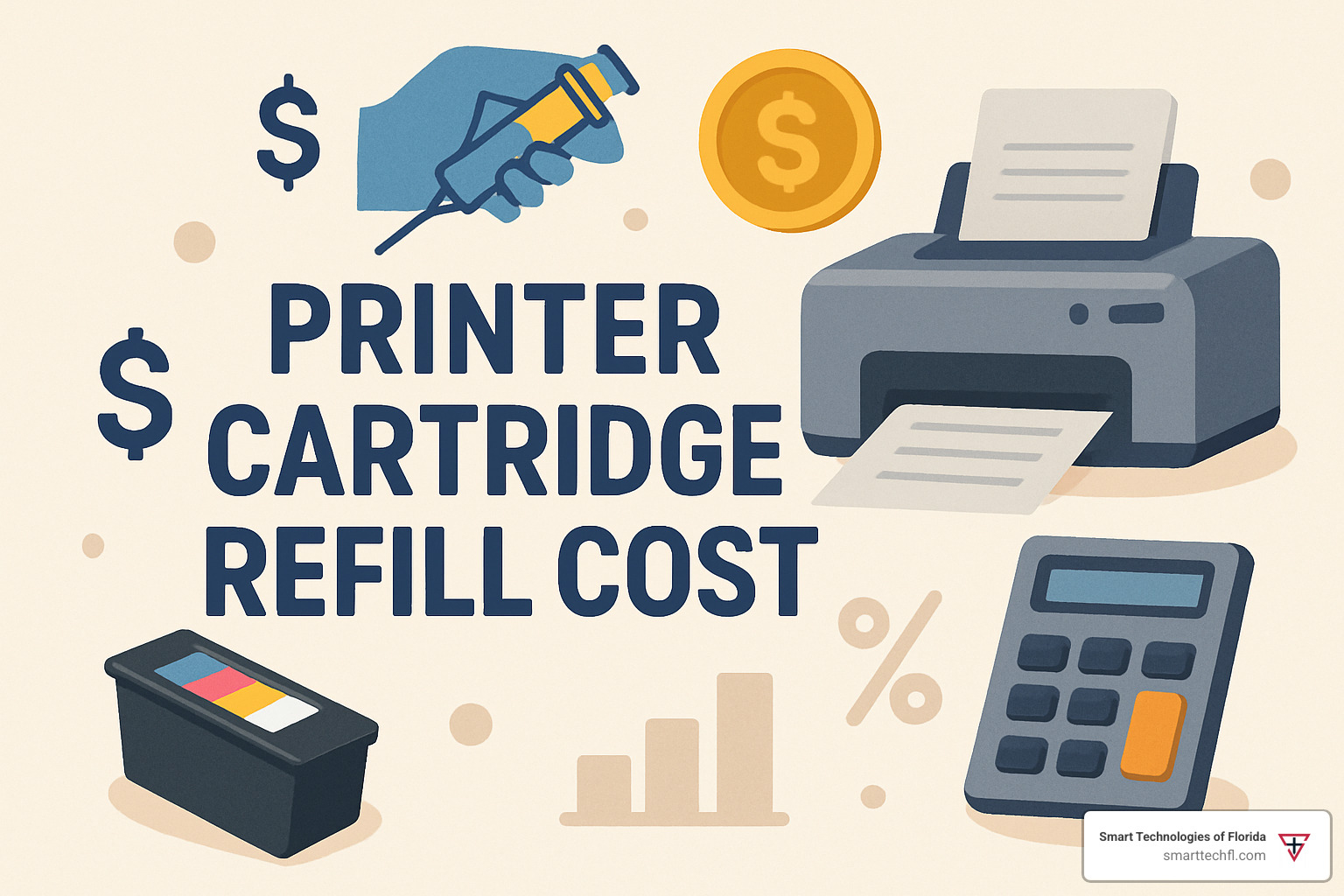
HP vs. Canon vs. Epson vs. Brother
HP cartridges tend to be the trickiest and most expensive to refill, typically running $10-20 for professional service. Their newer models pack sophisticated chips that often need replacement during refilling, adding to the cost. A standard HP 67 Black/Tri-color 2-pack costs $36.89 new, but universal refill kits for HP cartridges start at just $11.49. That’s still a solid 69% savings.
Canon takes a friendlier approach to refilling, with most cartridges costing $8-18 to refill professionally. Their chip designs are generally simpler, which keeps costs down. A 4-color refill kit for Canon 250/251 series runs about $12.49 for five 100ml bottles.
Epson offers an interesting split personality. Traditional Epson cartridges cost $12-22 to refill, putting them in the middle range. But their EcoTank series completely changes the game with refillable ink bottles that slash long-term costs. A 10-pack of T502 ink refill bottles costs just $27.88 – that’s roughly $2.79 per bottle.
Brother emerges as the refill champion, with most cartridges costing just $6-15 to refill. Their LC20E3PKS XXL Super High-Yield 3-Pack yields up to 1,200 pages per color, making refills incredibly cost-effective for busy offices.
DIY Kits vs. In-Store Service vs. Online Mail-In
DIY refill kits offer the biggest savings but require some patience and tolerance for mess. You’ll need basic supplies: syringes, gloves, paper towels, and sometimes a drill for creating fill holes. A complete universal refill kit with tools costs $15-25 and handles 6-10 cartridges.
Budget about 15-30 minutes per cartridge when you’re starting out. But once you get the hang of it, DIY refilling can cost as little as $1.50-2.50 per cartridge.
In-store refill services eliminate the hassle but cost 3-5 times more per refill. Professional refill centers use specialized equipment and premium inks, plus they handle tricky chip replacements. Most guarantee their work and complete refills while you wait.
Online mail-in services split the difference at $8-15 per cartridge plus shipping. Some provide prepaid shipping labels and guarantee compatibility with your specific printer model. The downside is waiting time – typically 5-10 business days for the round trip.
Inkjet vs. Toner Refill Economics
Toner refilling operates on completely different math than inkjet refills. The upfront costs look scary – typically $25-125 for black toner and $370-400 for color sets. But a black commercial toner refill costing $125 might yield 44,500 pages. That works out to about $0.003 per page.
Color toner refills can yield 26,000-60,000 pages depending on capacity. While $400 seems expensive, it often beats inkjet economics for high-volume printing. If your business prints more than 500 pages monthly, laser toner refills usually win on pure cost per page.
Safety matters more with toner refills. The fine powder can irritate your respiratory system, so professional refilling makes sense over DIY attempts. The bottom line? Inkjet refills work great for moderate printing volumes, while toner refills excel for high-volume operations despite higher upfront costs.
Cost-Per-Page Math That Saves You Real Money
Here’s where the rubber meets the road with printer cartridge refill cost – when you crunch the actual numbers, the savings become impossible to ignore. After helping businesses optimize their printing costs for over two decades, I’ve seen how this simple math can transform a company’s bottom line.
More info about Refillable Ink & Laser Printers: Cost & Benefits
Think of it like comparing gas mileage between cars. You wouldn’t just look at the sticker price – you’d calculate miles per gallon to understand the real cost of ownership. The same logic applies to printing, except the savings are often dramatic enough to fund other business improvements.
The beauty of cost-per-page calculations is they cut through marketing hype and reveal the true economics of your printing choices. Whether you’re running a busy restaurant printing receipts or a retail store creating promotional materials, these numbers don’t lie.
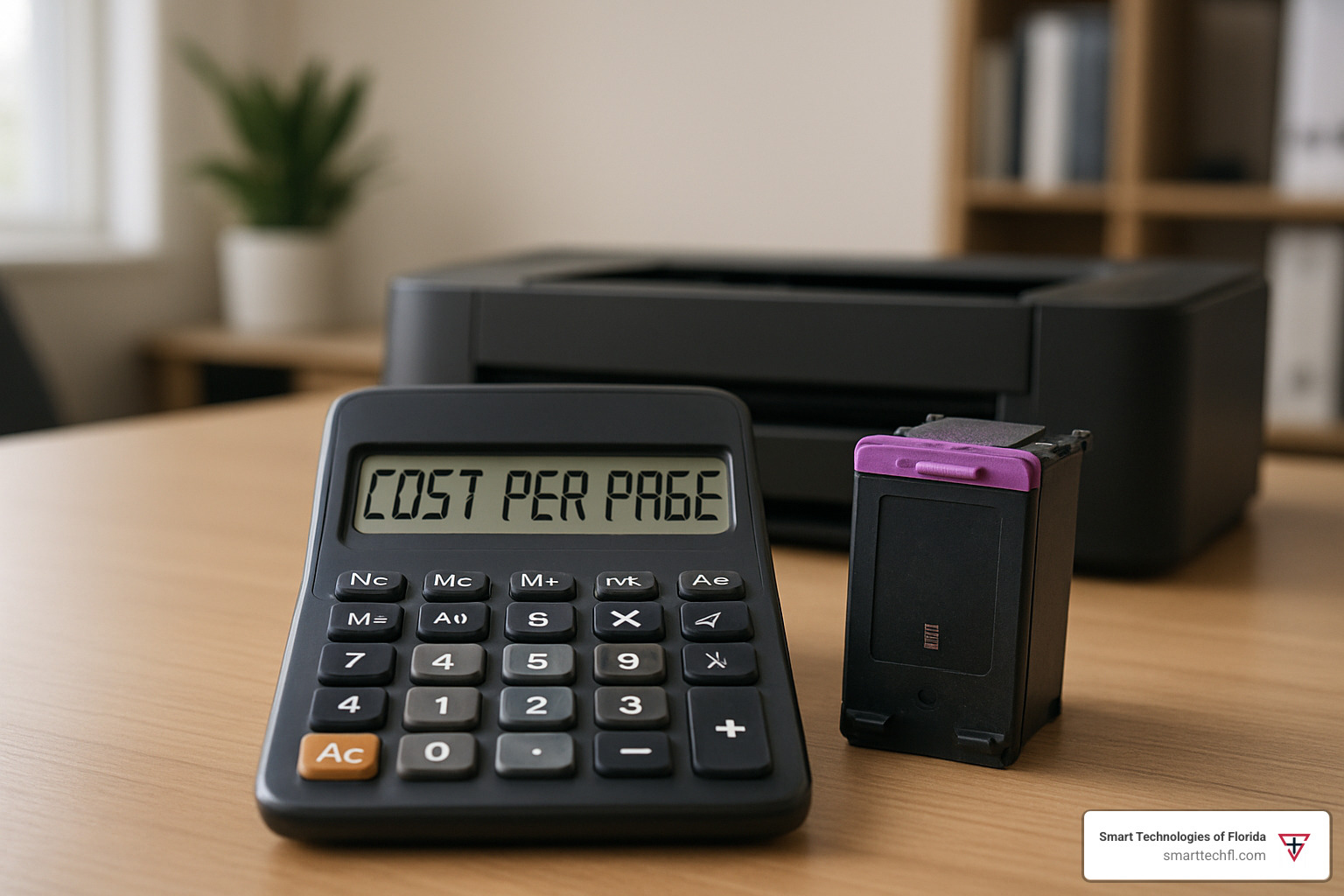
Calculating Printer Cartridge Refill Cost Per Page
The formula itself is beautifully simple: total refill cost divided by pages yielded. But like most simple formulas, the devil lives in the details. Real-world calculations need to account for your actual printing patterns, maintenance waste, and cartridge lifespan.
Let me walk you through a real example that opened my eyes. A Canon PG-275 black cartridge yields about 180 pages and costs $15 to refill professionally. That’s $0.083 per page. The same cartridge costs $28 new, putting you at $0.156 per page. You’re saving 47% every single time you print – that adds up fast when you’re printing hundreds of pages monthly.
High-yield cartridges completely change the game. An Epson 542 XL cartridge pumps out 6,000 pages and costs $20 to refill. Do the math and you’re looking at $0.003 per page – less than a third of a penny per page. Even after accounting for the 10-15% ink waste from maintenance cycles, you’re still under half a penny per page.
DIY refilling pushes the numbers even lower into almost unbelievable territory. A universal refill kit costing $13.49 for six bottles can handle multiple cartridges. If each bottle refills two cartridges yielding 200 pages each, your cost per page drops to approximately $0.017 – less than two cents per page.
Color printing always costs more, but refilling still delivers significant savings. A tri-color cartridge refill costing $18 and yielding 150 color pages puts you at $0.12 per page just for ink. Add paper costs and you’re around $0.15 per page total – still much better than new cartridges.
When Refilled Cartridges Beat “Free” Printers
You’ve probably seen those “too good to be true” printer deals – $80 printers that seem like amazing bargains until you need ink. That’s the classic razor-and-blade model in action: sell the razor cheap, then profit handsomely from the blades.
The math gets interesting when you run the breakeven analysis. If your printer cost $100 and new cartridges run $60, refilling at $15 completely changes the economics. After five refill cycles, you’ve saved $225 compared to buying new cartridges. That’s real money that can go toward business growth instead of feeding the ink profit machine.
But here’s the catch – some ultra-cheap printers aren’t designed for refilling. They might lack refill ports, use proprietary chips that can’t be reset, or have integrated printheads that fail after one use. It’s like buying a disposable camera when you need a professional DSLR.
Long-term total cost of ownership tells the real story. A $200 printer with cheap refill options often beats a $100 printer with expensive, non-refillable cartridges over its lifetime. Factor in the printer purchase price, expected cartridge replacements, refill costs, and maintenance expenses.
For businesses printing 500+ pages monthly, choosing refill-friendly printers can save $500-1,500 annually compared to the disposable printer approach. That’s enough to fund better equipment, additional marketing, or even a nice team celebration dinner.
The key is thinking beyond the initial purchase price to understand the true cost of printing over time. When you do the math, refilling almost always wins – and your bank account will thank you for it.
Risks, Hidden Fees & Environmental Upside
Let’s be honest about printer cartridge refill cost – while the savings are real, there are some bumps in the road you should know about. After helping businesses steer these waters for over two decades, we’ve seen both the good and the not-so-good sides of refilling cartridges.
Scientific research on printer ink waste
More info about Laser Printer Toner Refill Kits Guide
The reality is that refilling isn’t always smooth sailing. You might encounter warranty concerns, quality variations, or hidden cleanup costs. But most of these issues are manageable when you know what to expect. And the environmental benefits? They’re substantial enough to make any eco-conscious business owner smile.
Warranty & Firmware Landmines
The Magnuson-Moss Warranty Act actually protects you from having your warranty voided just because you use third-party supplies. The challenging news? Printer manufacturers keep pushing firmware updates that suddenly make your printer reject perfectly good refilled cartridges.
We’ve watched this happen to clients countless times. One day their HP printer is happily chugging along with refilled cartridges, and the next day – after an automatic update – it’s throwing error messages and refusing to print.
The workaround involves disabling automatic firmware updates, though this requires some technical know-how. Some of our savvier clients maintain separate print servers to control when updates happen.
Warranty claims rarely stem from refilled cartridges themselves. Most printer failures happen because of mechanical wear, electrical gremlins, or environmental factors that have nothing to do with what ink you’re using. But manufacturers might try to pin the blame on your refilled cartridges anyway.
The silver lining? Professional refill services often provide guarantees on their work that can actually exceed what you’d get with manufacturer warranties.
Quality Control & Lifespan
Let’s talk about the elephant in the room: print quality. OEM cartridges go through extensive testing, while refill inks can be all over the map depending on who’s doing the refilling.
Premium refill services use high-grade inks that match or even exceed OEM specifications. We’ve done side-by-side comparisons that show virtually identical text sharpness, color accuracy, and fade resistance.
But cheap refill kits might use inferior formulations that produce slightly faded colors or reduced water resistance. It’s the classic “you get what you pay for” scenario.
Cartridge lifespan varies dramatically based on refill quality and how gently they’re handled. Professional refills often include printhead cleaning and chip replacement, which can actually extend cartridge life beyond what the manufacturer intended.
Most integrated cartridges can handle 3-5 refills before the printhead starts showing its age. Tank-style cartridges are more forgiving – they might accept 10 or more refills if you treat them right.
Green Math: Refill vs. Landfill
Now for the feel-good part of this story. The environmental benefits of refilling create real business value that goes way beyond just saving money.
Every cartridge you refill keeps 2-4 pounds of plastic, metal, and packaging out of landfills. With proper care, cartridges can be reused 5-15 times before they finally need recycling. That’s a lot of waste diverted from the trash heap.

Manufacturing new cartridges requires massive amounts of energy and raw materials. Refilling reduces CO2 emissions by approximately 70% compared to new cartridge production. For businesses printing thousands of pages monthly, this represents a substantial reduction in environmental impact.
The circular economy benefits ripple outward from your business. Professional refill services create local jobs while reducing transportation emissions from shipping new cartridges across the country.
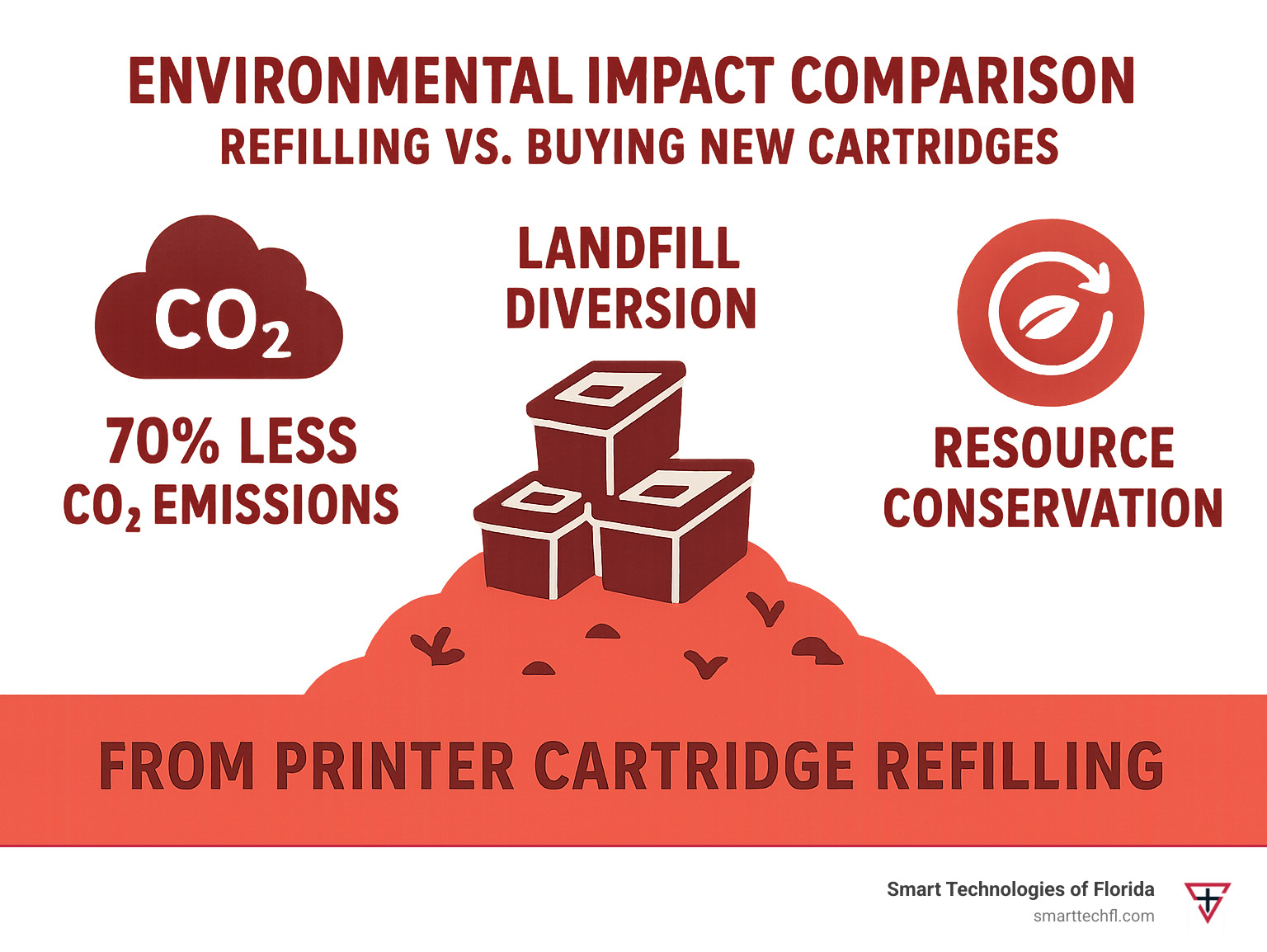
Here’s what we love most about this: cost savings and environmental benefits align perfectly. Businesses saving 65% on ink costs through refilling simultaneously slash their environmental footprint. It’s a rare win-win where doing good for your bottom line also does good for the planet.
The hidden costs of refilling – like cleaning supplies, gloves, and syringes for DIY kits – are minimal compared to the savings. Even factoring in the occasional failed refill or quality issue, most businesses save 65% or more on their printing costs while making a meaningful environmental contribution.
Frequently Asked Questions about Printer Cartridge Refill Cost
After helping businesses in Florida steer printer cartridge refill cost decisions for over two decades, we hear the same three questions repeatedly. Let me share the honest answers based on real-world experience with hundreds of local businesses.
How much can I really save per refill?
The savings are genuinely impressive, but they vary based on how you approach refilling. DIY refill kits deliver the biggest punch – you’ll typically save 75-85% compared to buying new cartridges. Those universal refill kits we mentioned earlier for $13.49 can handle multiple cartridges, bringing your actual cost down to around $2-3 per refill.
Professional refill services still offer substantial savings at 50-70% off retail prices. When an HP 67 cartridge 2-pack costs $36.89 new but only $8-15 to refill professionally, you’re looking at real money staying in your pocket instead of flowing to printer manufacturers.
Here’s where it gets interesting for businesses: high-volume printing multiplies these savings dramatically. We’ve worked with local offices spending $1,200 annually on brand-name cartridges who dropped their ink costs to $300-400 through consistent refilling. That’s $800-900 back in the budget for actual business growth instead of feeding the ink profit machine.
The math gets even better over time because refill costs stay relatively stable while manufacturer prices keep creeping up. We’ve seen 15-20% price increases on OEM cartridges over the past few years, making refills an increasingly smart financial decision.
Will refilling void my printer’s warranty?
This is probably the biggest myth in the printing world, and manufacturers love that people believe it. The Magnuson-Moss Warranty Act specifically prevents companies from voiding warranties just because you use third-party supplies. It’s been federal law since 1975, yet somehow this fear persists.
That said, manufacturers may try to blame refilled cartridges for unrelated printer problems. We always recommend keeping documentation of your refill sources and maintaining records showing you handled cartridges properly. This protects you if warranty issues arise.
The real challenge comes from firmware updates that deliberately disable refilled cartridges. Some manufacturers push these updates automatically, creating artificial compatibility problems. This practice faces increasing regulatory scrutiny, but currently you might need technical workarounds or accept occasional cartridge rejection.
Our advice? Don’t let warranty fears prevent you from saving money. Most printer failures result from mechanical wear, electrical issues, or environmental factors completely unrelated to ink supply. We’ve seen far more printers fail from dust buildup than ink-related problems.
Is it worth refilling toner cartridges for laser printers?
Absolutely, and often toner refilling offers even better economics than inkjet refills. While the upfront cost seems higher at $25-125 per cartridge, you’re getting 20,000-60,000 pages of printing. That creates cost-per-page savings of 60-80% compared to new cartridges.
The volume economics make toner refilling particularly attractive for busy offices. A black commercial toner refill costing $125 might yield 44,500 pages – that’s roughly $0.003 per page just for toner. Even expensive color toner refills at $370-400 can yield 26,000-60,000 pages, making the per-page cost incredibly low.
However, toner refilling requires more caution than inkjet refills. The fine powder can irritate respiratory systems, so professional refilling makes more sense than DIY attempts. Most of our business clients find the safety and convenience of professional toner refilling worth the extra cost.
The bottom line: if you’re printing more than 1,000 pages monthly, toner refills often beat inkjet refills for pure cost effectiveness. The higher upfront investment pays off quickly through dramatically lower cost-per-page printing.
Conclusion
After helping businesses in Daytona Beach steer technology decisions for over two decades, I’ve learned that the smallest choices often create the biggest impact. Printer cartridge refill cost management isn’t just about saving money – it’s about freeing up resources that can fuel real business growth.
The numbers tell a compelling story. When a local restaurant owner found they were spending $150 monthly on receipt printer cartridges, switching to a refill program cut that expense to $45. That extra $1,260 annually went straight into equipment upgrades that improved customer service.
Your refill strategy should match your business reality. High-volume operations printing thousands of pages monthly benefit most from professional refill services or establishing relationships with quality suppliers. Occasional users might find DIY kits provide the perfect balance of savings and simplicity. Environmentally conscious businesses appreciate the dual benefit of cost reduction and sustainability impact.
We’ve watched the printer ink industry maintain artificially high prices for years, banking on consumer confusion and inconvenience. Every business that chooses refilling over overpriced OEM cartridges sends a market signal that these practices aren’t sustainable.
The environmental math is equally compelling. Each refilled cartridge keeps 2-4 pounds of plastic and metal out of landfills while reducing manufacturing emissions by 70%. For businesses serious about sustainability goals, refill programs offer measurable environmental impact alongside cost savings.
More info about Ultimate Guide to Costco Ink Refill
The future belongs to businesses that question every operational expense and find smarter alternatives. Printer cartridge refill cost optimization represents exactly this type of strategic thinking – small changes that compound into significant competitive advantages.
Whether you choose DIY kits, professional services, or bulk refill programs, the key is taking action. The money you save on printing costs can fund marketing campaigns, employee training, or technology upgrades that actually grow your business. That’s the kind of people-centric financial strategy that creates lasting success.





